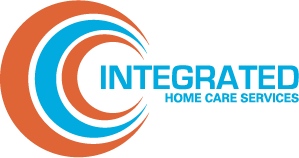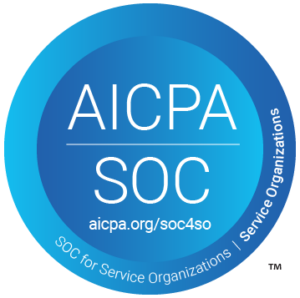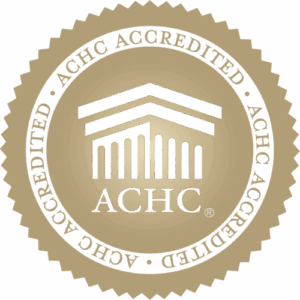Although home care is far lower cost than facility-based care—and is just a small portion of the overall spend for health plans—its costs are often poorly managed. As the number of individuals who require home care services increases, that spend will become even harder to control.
In fact, according to a recent survey of 47 health plan leaders, nine out of 10 respondents say both demand for home care services and costs have risen in the past five years, and they expect that trend to continue. Not to mention, one-quarter of respondents say their home care costs have increased more than 10%.
With 70% of respondents agreeing the increase in home care utilization is permanent, the need for high-performing home care strategies is critical—especially when the trickle down effects of poor home care delivery are significant. Decreased quality of life, increased health risks and safety concerns are all results of a lackluster home care strategy, while health plans also risk additional patient complications and increased readmission rates.
As greater attention and resources shift to home care, health plans find themselves grappling with the problems inherent in current care delivery models. Many plans are burdened with the demands of scheduling and coordinating care and are using staff time and financial resources that could be better put toward other tasks.
The complexities of home care
Delivering home care is extremely complex —it requires the ability to apply qualification criteria, determine benefits, and ensure that utilization is being properly managed. It also involves managing a variety of care delivery components.
For example, if a home health nurse arrives in the patient’s home and the drug the patient needs has not been delivered, it’s not just a wasted visit; instead, this could result in the patient becoming sicker and needing emergency care or hospital readmission.
“Unfortunately, this fragmented approach to delivering care is all too common, ultimately lowering the quality of care and patient satisfaction while increasing costs,” says Christopher Bradbury, CEO of Integrated Home Care Services (IHCS). “Like many, I am navigating how to best support family members as they age, confront major health challenges, and seek to maintain quality of life in their home. That’s why combating the traditionally fragmented approach and helping individuals stay in their homes and achieve their goals is a passion of mine.”
A better way
IHCS has found a better way to address the issues with traditional home care services: An integrated approach that delivers comprehensive, value-based care by combining administrative and clinical functions for home health, DME, and home infusion.
Our model streamlines hospital discharges, simplifies care-coordination across all home care services, and reduces unnecessary medical costs. It also aligns incentives between payers and providers to drive meaningful savings to health plan customers through efficient utilization and unit cost management.
This approach relies on a capitated payment model in which the home care company serves as the third-party administrator (TPA) that is responsible for all administrative tasks, including network development and oversight management, credentialing, utilization management, and claims processing and payment. It also manages a comprehensive care delivery network that provides home health, home infusion, and DME.
Our model ensures continuity and coordinated services so that health plans can efficiently move members into the most cost effective and desirable place: the home.












